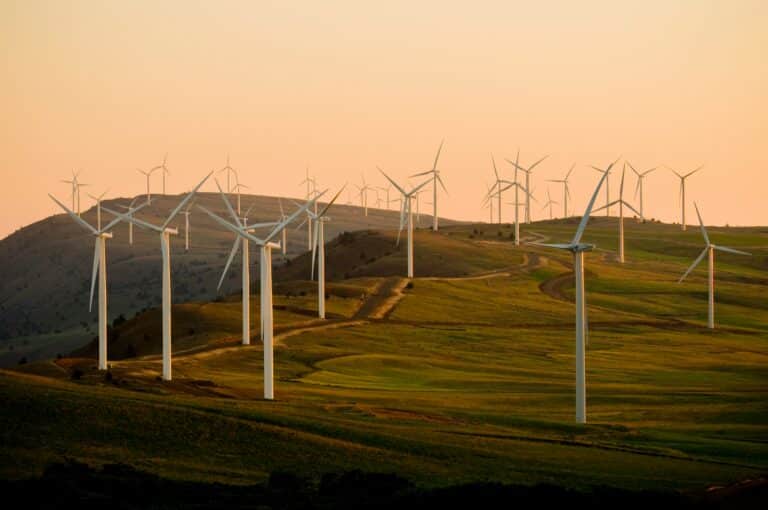TL/DR –
Electric rides are back on track, bumping up to 18.7% of new car sales — guess hybrids had their spinach this quarter! Looks like Tesla’s no longer the prom queen, with Ford and Chevy snatching the majority share of sales. Meanwhile, those prices are finally dropping, so maybe it’s time to trade in that gas guzzler for a sleek BEV without breaking the bank.
The share of electric and hybrid vehicle sales in the U.S. jumped to 18.7% in the second quarter of 2024, recovering from a slight dip in the first quarter. Combined sales of hybrid, plug-in hybrid, and battery electric vehicles (BEVs) rose from 17.8% in 1Q24.
This boost mainly came from hybrid electric vehicle (HEV) sales, which soared by 30.7% year-over-year. Hybrids grabbed 9.6% of the market in 2Q24, up from 8.6%. Plug-in hybrid sales inched up from 1.7% to 2.0%. BEV sales held steady at 7.1% of the U.S. market, consistent with 2Q23.
Luxury EVs continued to shine, making up 32.8% of luxury sales in 2Q24. Luxury vehicles accounted for 16.6% of the total market, dominating 73.8% of BEV sales, 8.3% of hybrid, and 29.2% of plug-in hybrid sales.
BEV prices dropped from $57,405 in January to $56,371 in June 2024, as per Cox Automotive data. Still, BEVs were 15.9% pricier than the average light-duty vehicle in June.
Tesla’s dominance slipped below 50% market share for the first time since 4Q17, holding 48.9% in 2Q24. Legacy brands like Ford, Chevrolet, Hyundai, and Kia filled the gap. Ford captured 8.0% of the market with models like the Mustang Mach-E and F-150 Lightning. Chevrolet’s focus shifted to new models like the Blazer, Silverado, and Equinox after discontinuing the Bolt.
Most BEVs sold in the U.S. were made in North America, but that share dropped to 74.4% in 2Q24 from 78.7% in 2Q23. Meanwhile, BEVs made in South Korea and Japan rose to 12.2% and 7.2%, respectively.
To snag the clean vehicle tax credits from the Inflation Reduction Act, vehicles need to meet strict domestic content rules, not just be made in North America.
“`
Original Story at www.eia.gov





